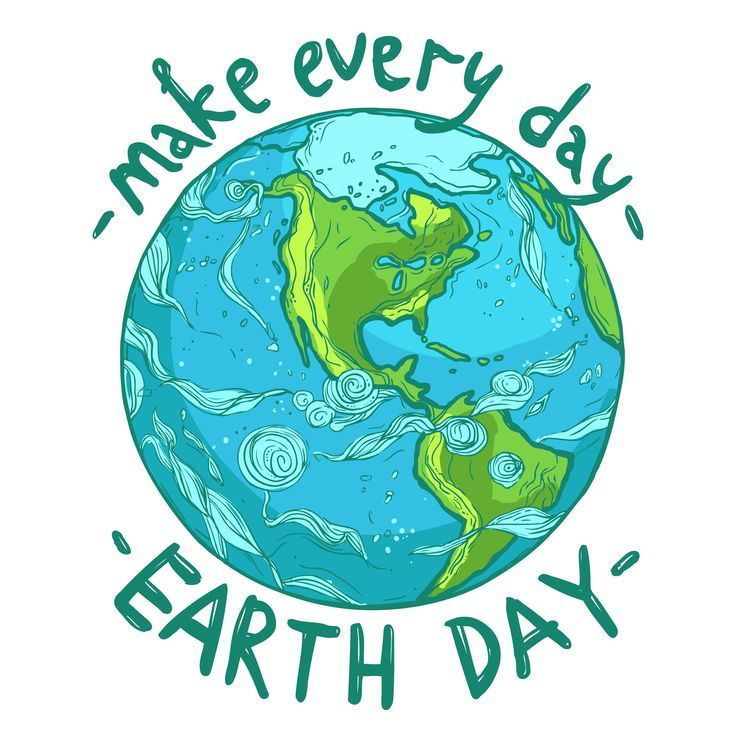Last Friday was Earth Day. This year’s theme was “Invest in Our Planet”, focused on accelerating solutions to combat climate change and activate everyone to do their part. On this occasion, I’d like to share a project that’s deeply personal to me and deserves more daylight in order to make the world a better place. Introducing: Nirva Labs!
Nirva Labs is a maker studio with a mission to apply robotics to the fight against climate change. Our vision is to accelerate by 10x the transition to a zero-carbon society by applying robotics and AI technologies from research labs to the real world.
Why Climate?
Believe it or not, the Earth is warming up, and it’s accelerating. The 2010s were the hottest decade on record. Global surface temperature has increased faster since 1970 than in any other 50-year period over at least the last 2000 years.
What does this mean? If we don’t do anything, the earth will keep warming at an exponential rate. As you can see from the graph, we’ve already seen unprecedented warming shooting through the roof with no signs of slowing.
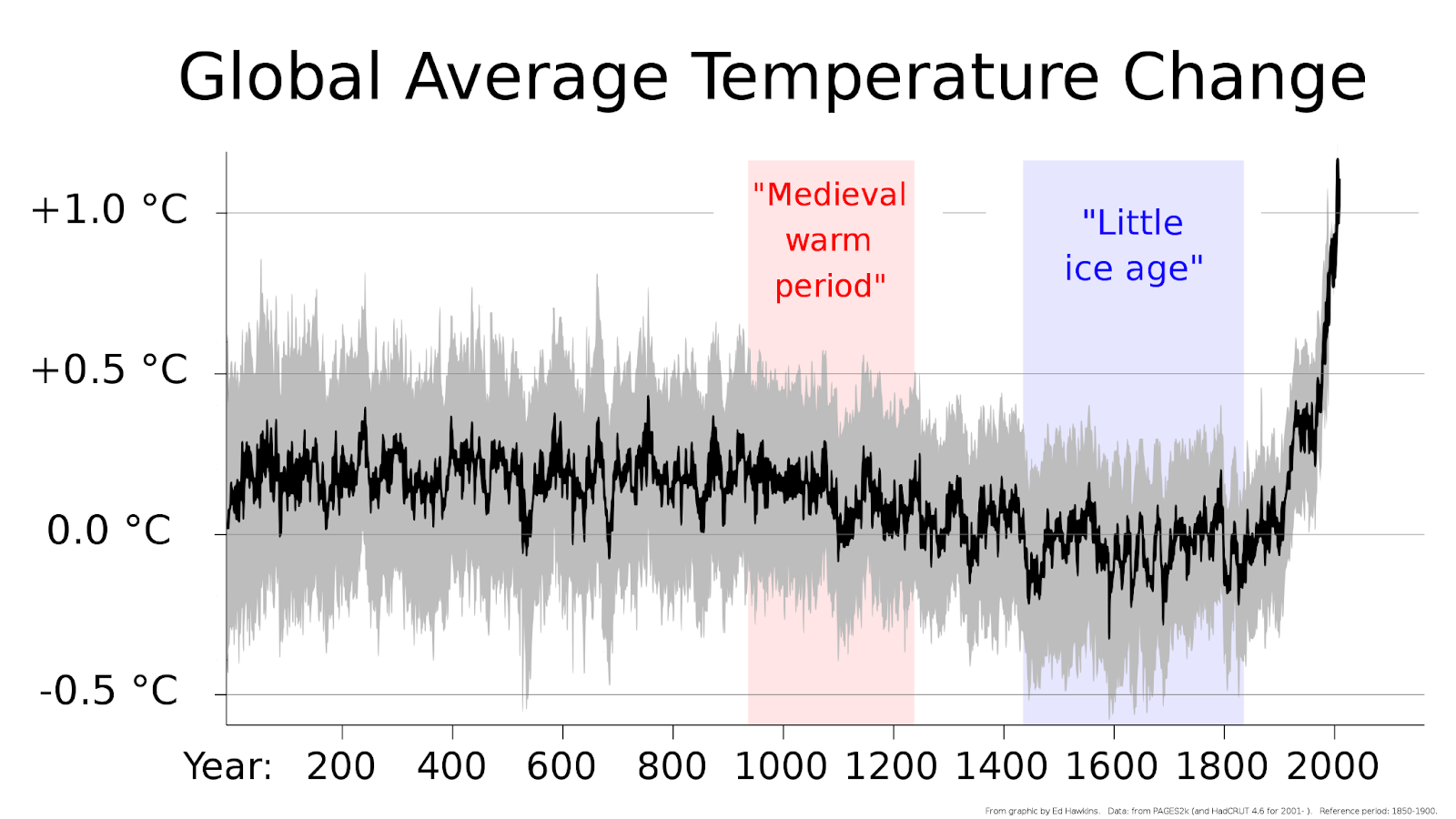 Global Average Temperature Change Source
Global Average Temperature Change Source
Without intervention, temperature will grow by as much as 4.4°C (8°F) by the end of the century, and this is not good. Scientists have projected more droughts, heat waves, wildfires, higher sea levels and stronger hurricanes, and we have already started to see some of those - in my current home state of California we have witnessed its largest wildfire season in modern history, with more than 10k structures damaged at a cost of $12 billion. If you were in the Bay Area then, you probably still remember that “one day on Mars”, brought to you by the thick layer of wildfire ash. Well, if we don’t save the Earth now, that’ll be the sky we have to see every day (if SpaceX reaches Mars, that is).
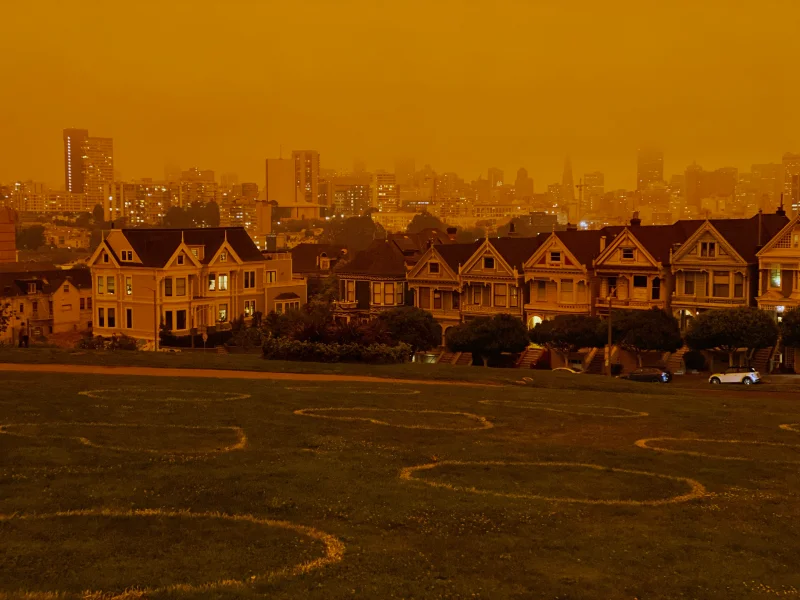 San Francisco Landmark Painted Ladies under an orange sky on Sept.9, 2020
San Francisco Landmark Painted Ladies under an orange sky on Sept.9, 2020
To fight against climate change, we must move fast. As a species, we only just started making commitments to limit warming at the recent Paris Agreement, targeting a maximum increase of 1.5°C (2.7°F) above pre-industrial levels. This is great progress, but we need to implement it now, and the deadline is fast approaching. This requires reducing greenhouse gas emissions by almost 60% by 2030 - only 8 years away.
We don’t have much time.
Why Robotics?
Climate change is a human problem beyond human solutions. We need to look to robotics for humanity’s existential crisis.
Robotics has enabled humans to dream the impossible throughout history. Before robots, assembling a Model T took 93 minutes, but a full suite of industrial robots today only takes 46s to assemble a more complex modern car - a 120x speedup! Just like car assembly 100 years ago, wind turbine blades take 100 employees 2 days to manufacture nowadays. Robots can and will cut down the time there. This will directly reduce the cost to deploy more wind farms and increase renewable energy supply in the world.
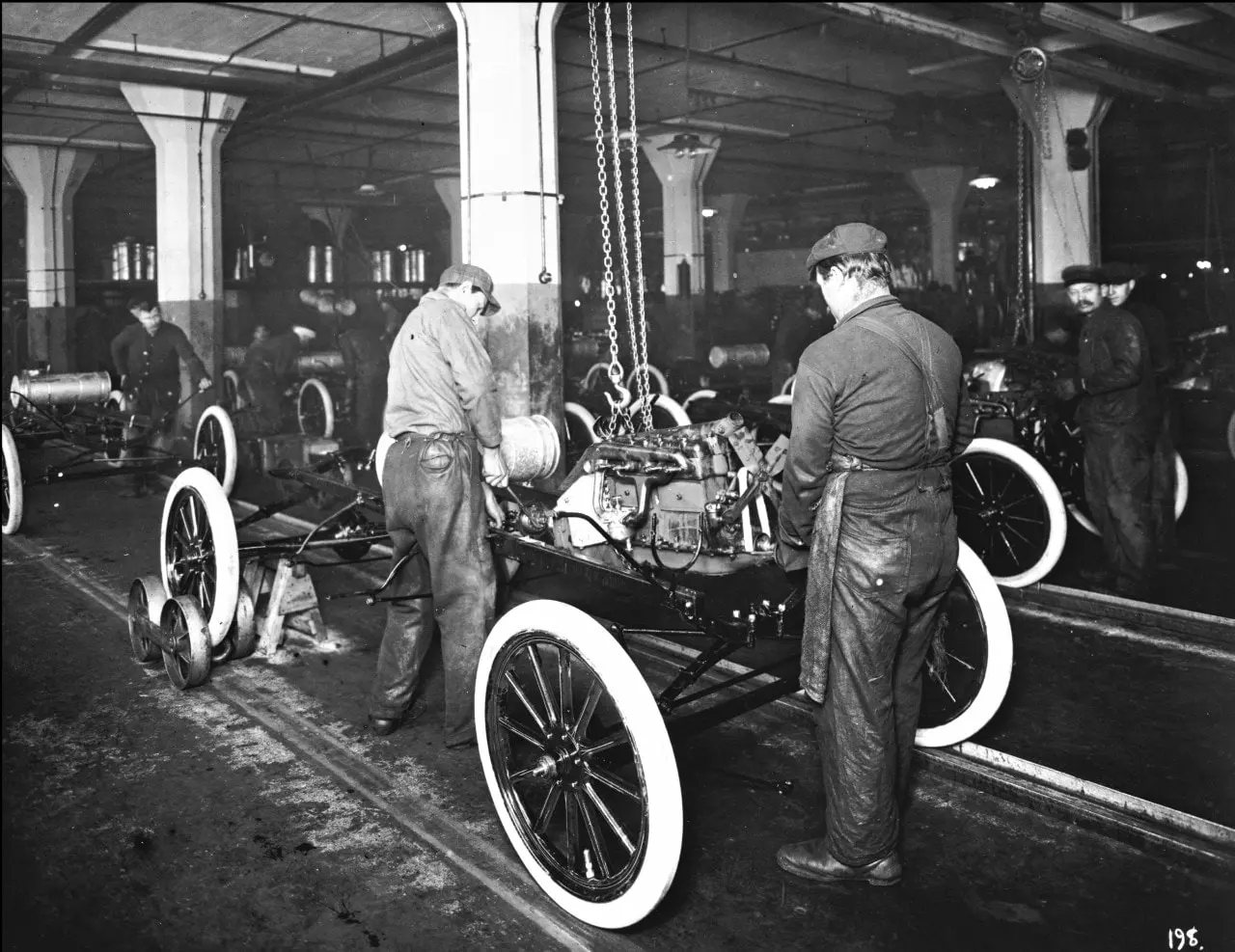 Assembly Line of the Ford T Model, 1913
Assembly Line of the Ford T Model, 1913
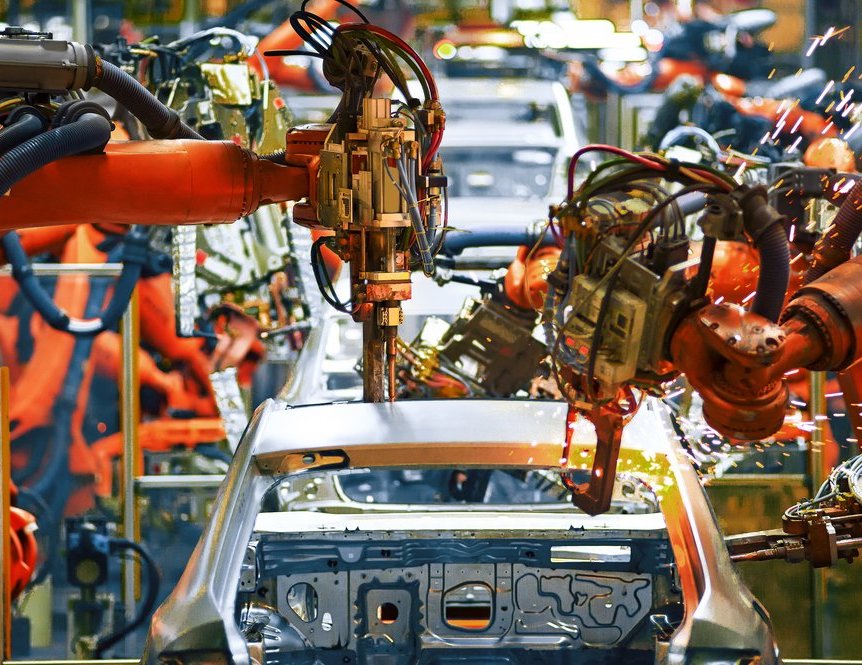 Modern robotic automotive assembly line
Modern robotic automotive assembly line
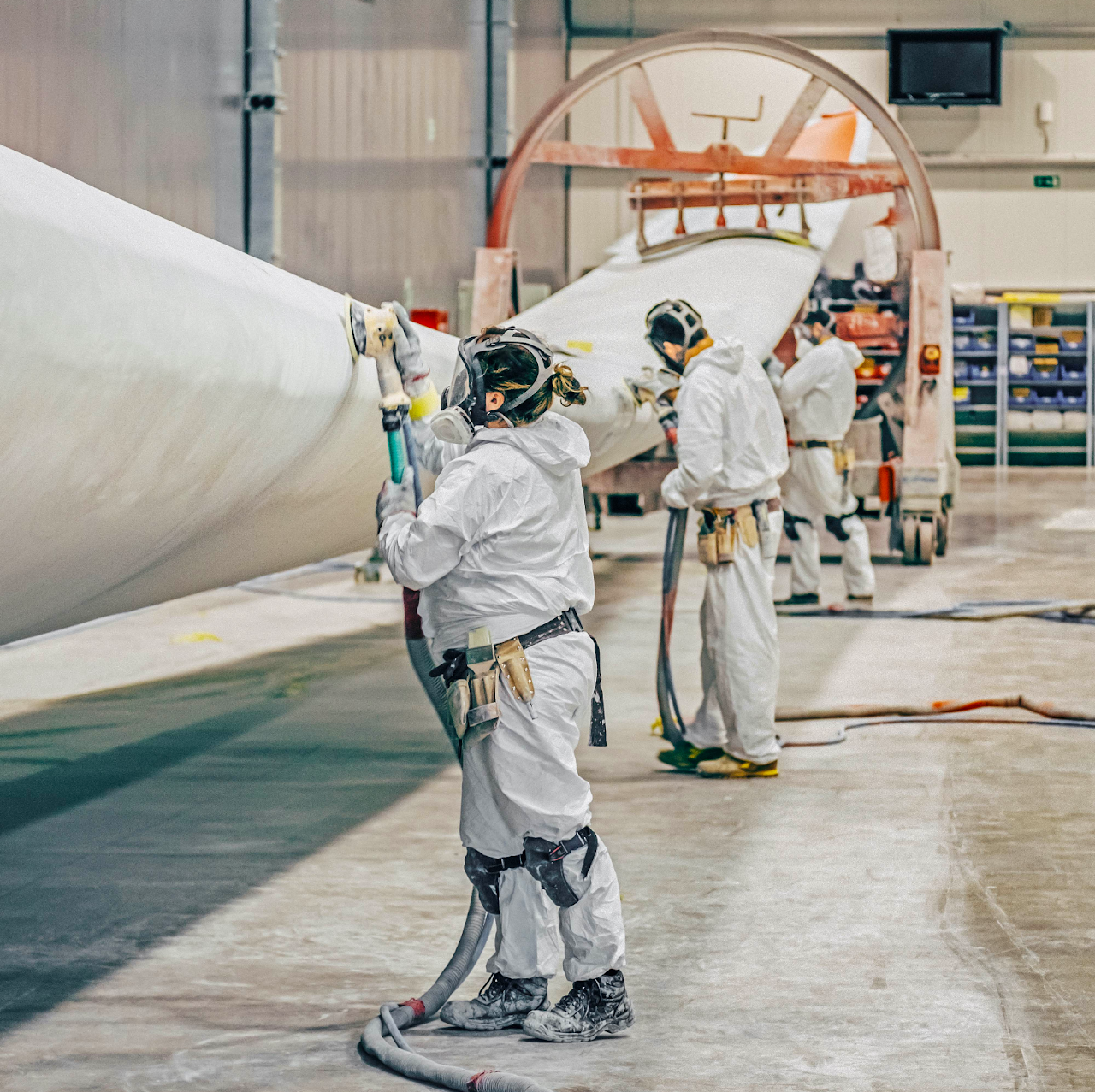 Wind turbine blade manufacturing
Wind turbine blade manufacturing
Robots have also taken humans to previously unreachable places - numerous Moon and Mars rovers have sent back valuable data, and the robot arm fleet on the International Space Station works hard to maintain the stable platform for scientific experiments. As a similar use case, deploying large-scale solar farms or wind farms in remote areas currently requires relocating a big maintenance workforce. This won’t be the case any more if robots take on remote inspection and simple repair tasks.
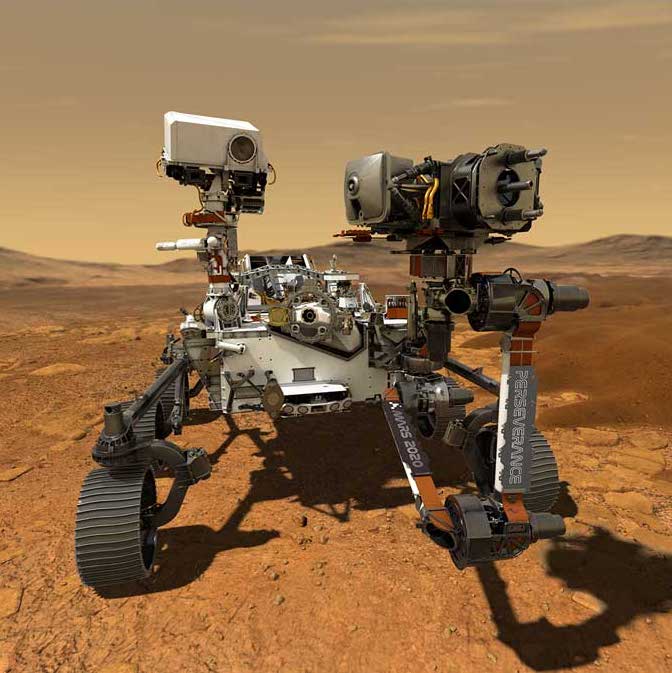 Mars 2020 Perseverance Rover
Mars 2020 Perseverance Rover
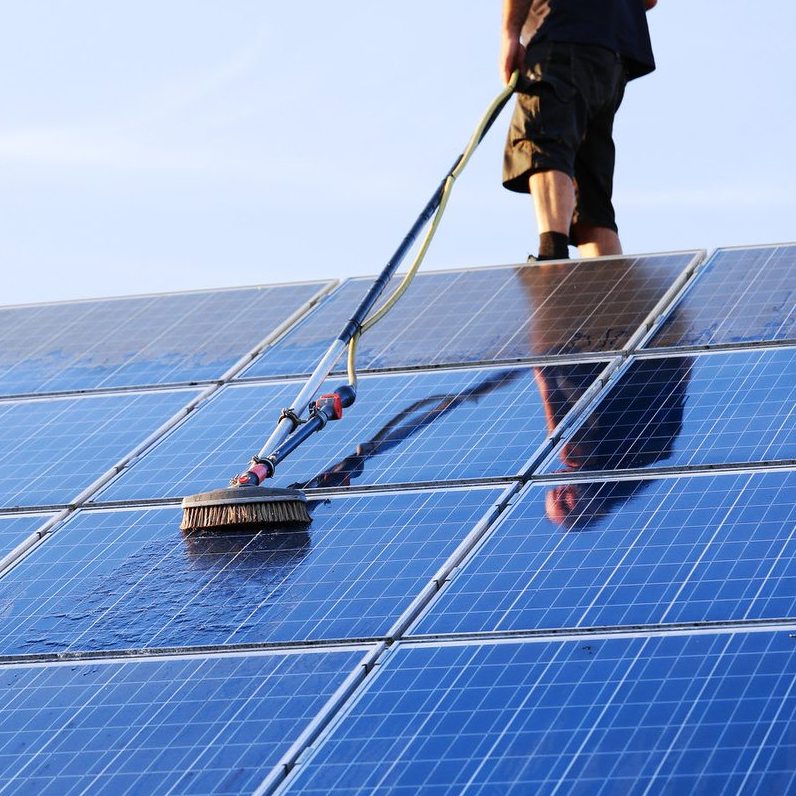 Solar farm maintenance
Solar farm maintenance
Our approach: selling before building
Robots hold so much potential! I’m inspired every day when robots learn new tasks and bring tangible improvements, and I can’t wait to apply them to one of humanity’s biggest problems. But then I paused - I couldn’t find them anywhere in the climate tech world.
What’s stopping us?
The robotics world hasn’t given climate change the attention it needs - it doesn’t align with the incentives of either the academia or the industry.
Academia focuses on fundamental skills, which necessitates using representative but rudimentary tasks as benchmarks, such as solving Rubik’s cubes or picking irregular objects. However, these fundamental skills are still miles away from applications.
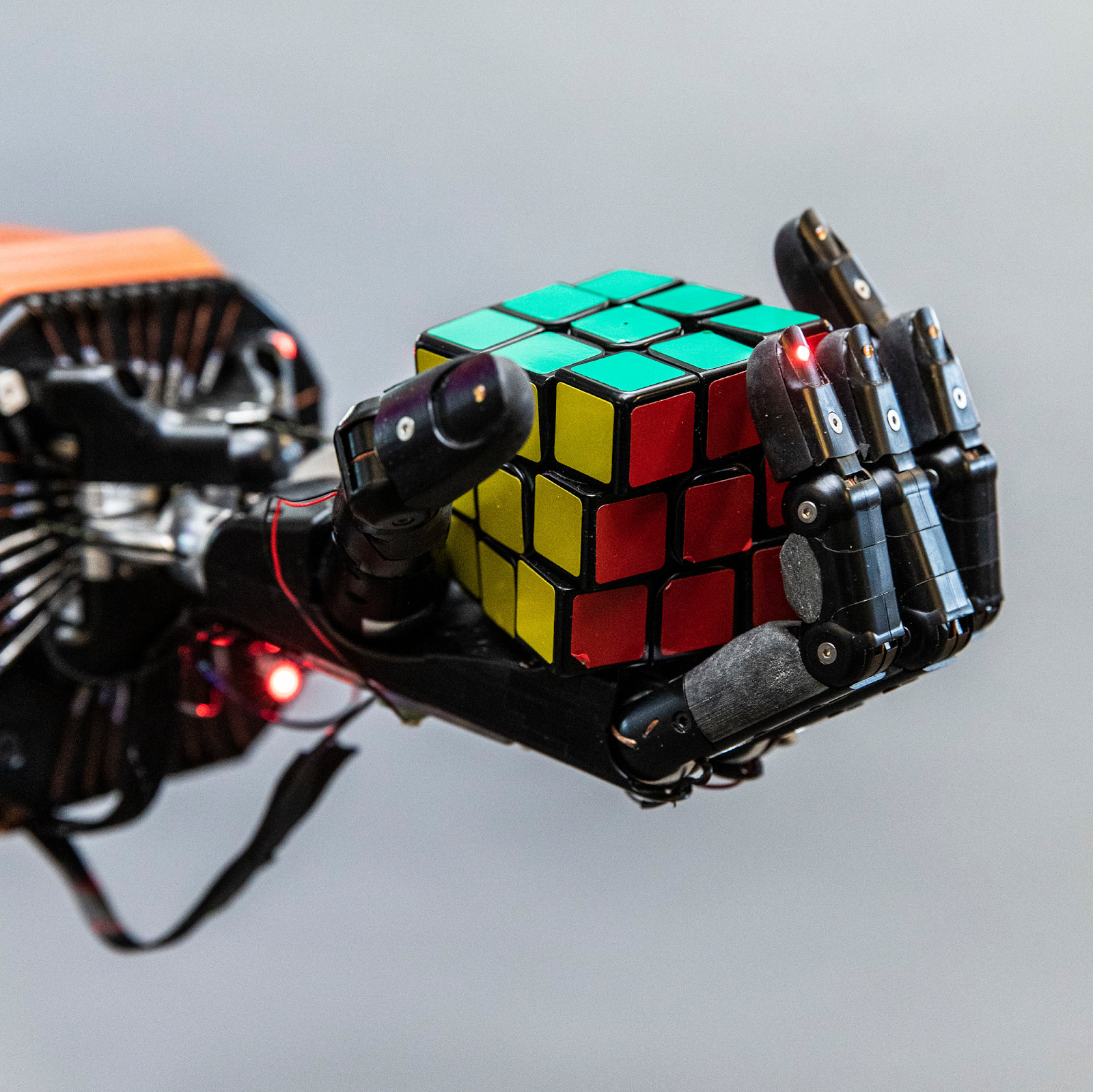 A robot hand solving Rubik's cube
A robot hand solving Rubik's cube
On the other hand, businesses optimize for efficiency. They focus on established industries with a proven business case for automation, because, given the same amount of time and cost, those industries serve as low-hanging fruit with the highest probability of success. This explains why so many companies go after autonomous vehicles (AVs) - if the technical problem is solved, they will take on the entire land transportation industry with a cheaper to zero labor cost.
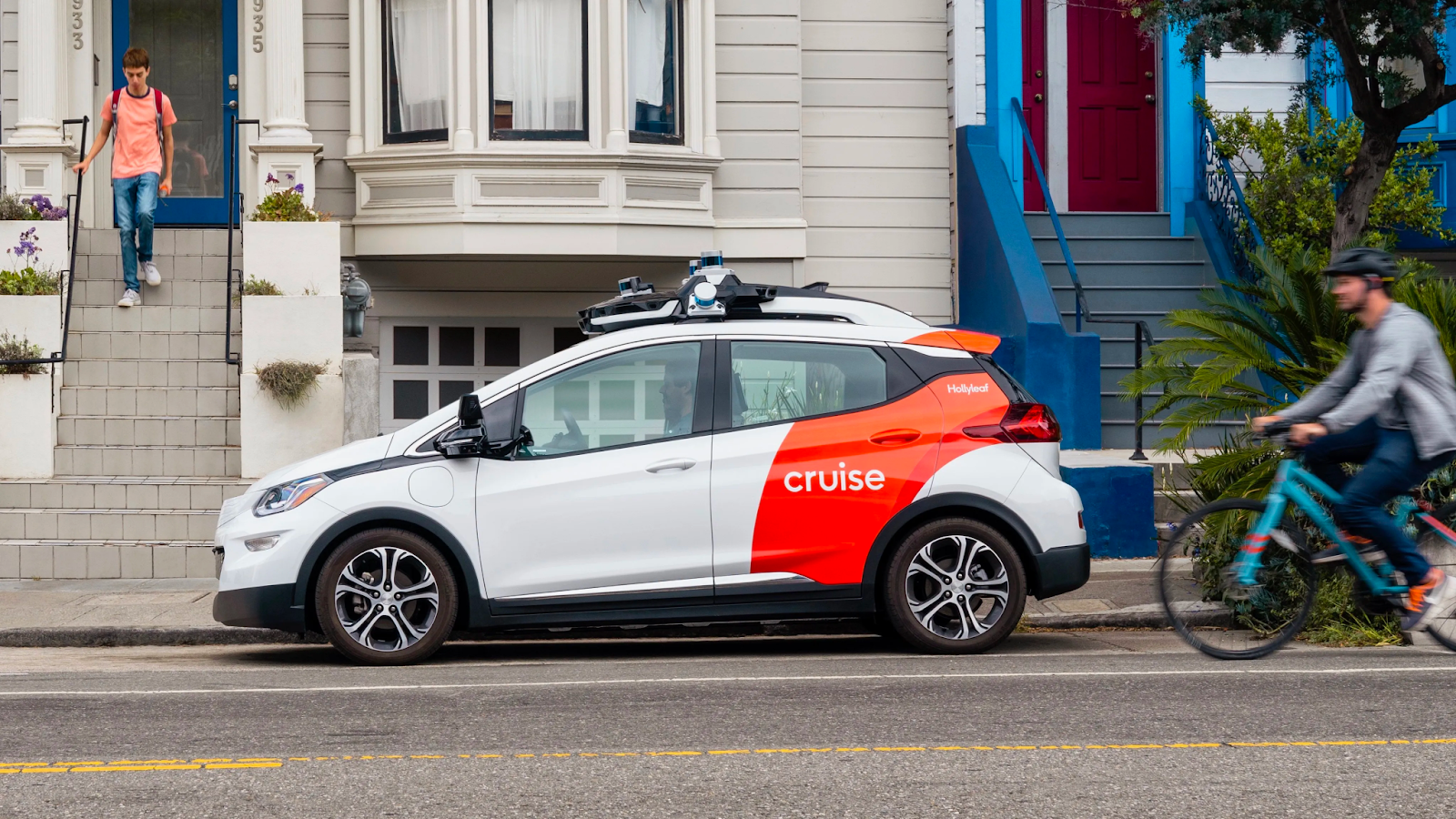 A Cruise autonomous vehicle
A Cruise autonomous vehicle
There’s no doubt that AVs have the potential for huge impact, but environmental robots have a much larger breadth of applications and overall benefits for humanity. However, climate tech is a young industry with unclear technical difficulty and business benefits, which puts it in an awkward position between academia and industry.
This is why I started Nirva Labs - to bridge the gap between robotics and climate solutions. I want to build up the product case for problems that are feasible with existing robotics technology and build prototypes to prove them. Our goal is to reduce the perceived technical and business risks for climate problems and motivate more engineers and entrepreneurs to join this field.

What to expect
We will start with in-depth explorations across several topics. This includes understanding the problem, brainstorming solutions and trying to build up a business case. We’ll then dig deeper into some of them, do user interviews and put together a proof-of-concept if necessary to prove or disprove our product hypotheses.
We will also interview experts working on climate tech, learn about their opinions of the space and the common problems they’ve faced.
Let’s deploy more robots! This time, to save the planet!
